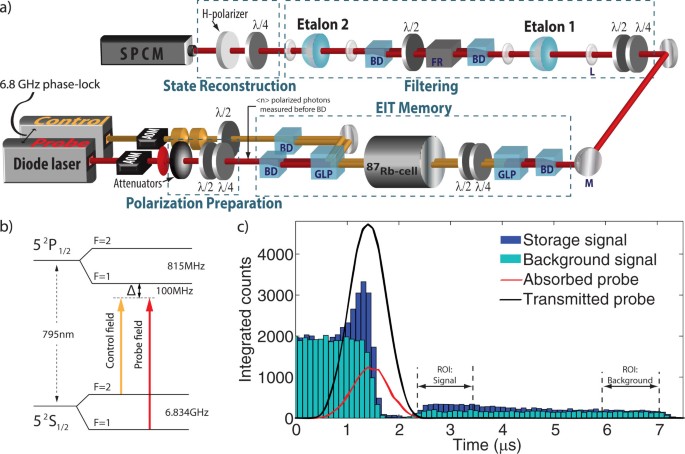Quantum networks hinge on reliable quantum memory—devices that store qubits long enough to be entangled across distances. Traditionally, these memories require cryogenic cooling, adding cost and complexity. In early 2025, startup Qunnect unveiled a breakthrough: a room‑temperature quantum memory operating inside smart-phone-sized server racks. Using warm rubidium vapor, it achieved 95 % fidelity for storing single-photon quantum states up to 0.8 milliseconds—about 100× longer than previous warm systems. This unlocks a practical path toward scalable metropolitan-scale quantum networks without bulky cooling infrastructure.
By storing one photon while another is transmitted, this memory enables entanglement swapping—a core protocol for linking distant nodes without signal loss. Qunnect’s approach removes the need for trusted quantum repeaters, which can be compromised. This technological leap could power the first real-world, cold‑free quantum links, bridging labs and data centers with infrastructure already widely available.
This innovation matters because it tackles a pivotal bottleneck: deployability. As quantum tech ventures like Cisco’s QFabric and European quantum alliances prepare network stacks, having compact, reliable quantum memory is essential. Room-temperature systems could become the backbone of next-gen quantum‑secure communications, tapping into entangled photon channels for bank transactions, satellite navigation, and beyond—all without cryogenics. In short, this breakthrough brings us a crucial step closer to a practical, scalable quantum internet.




